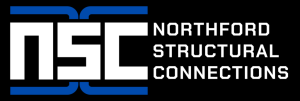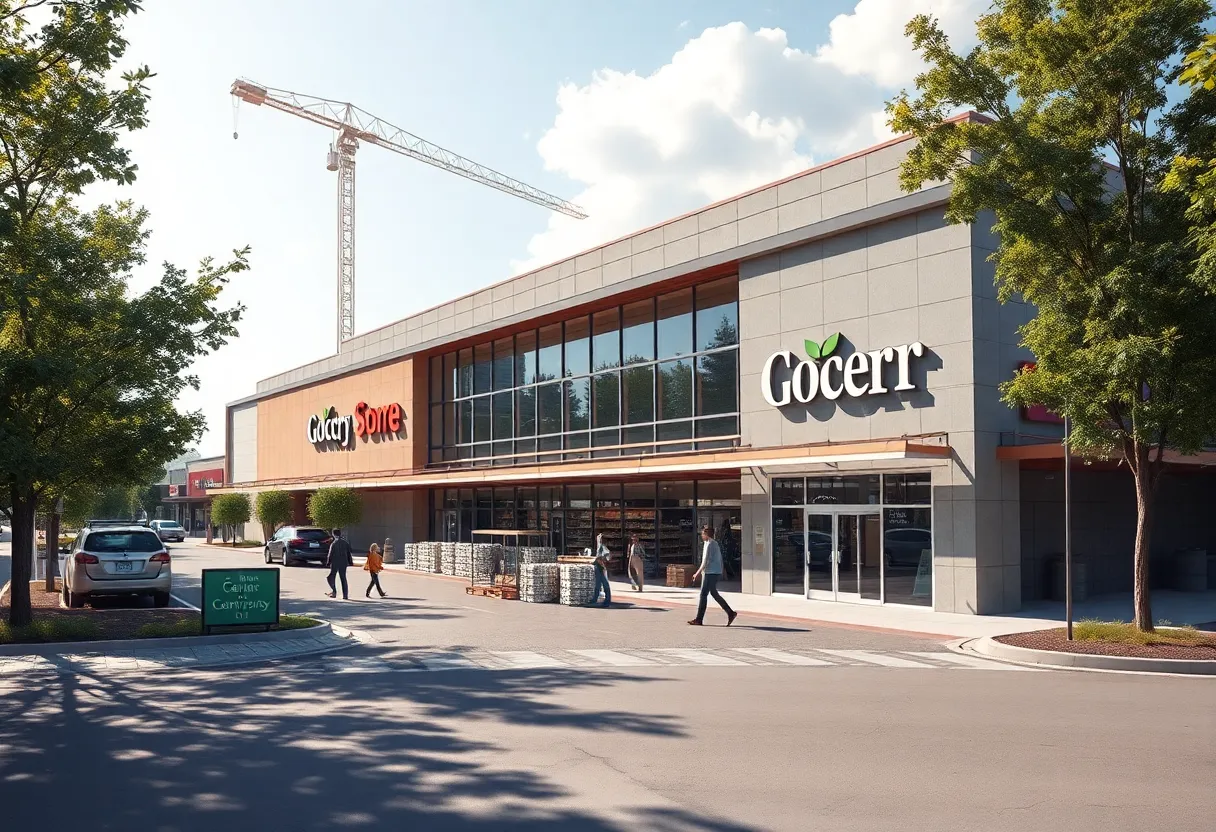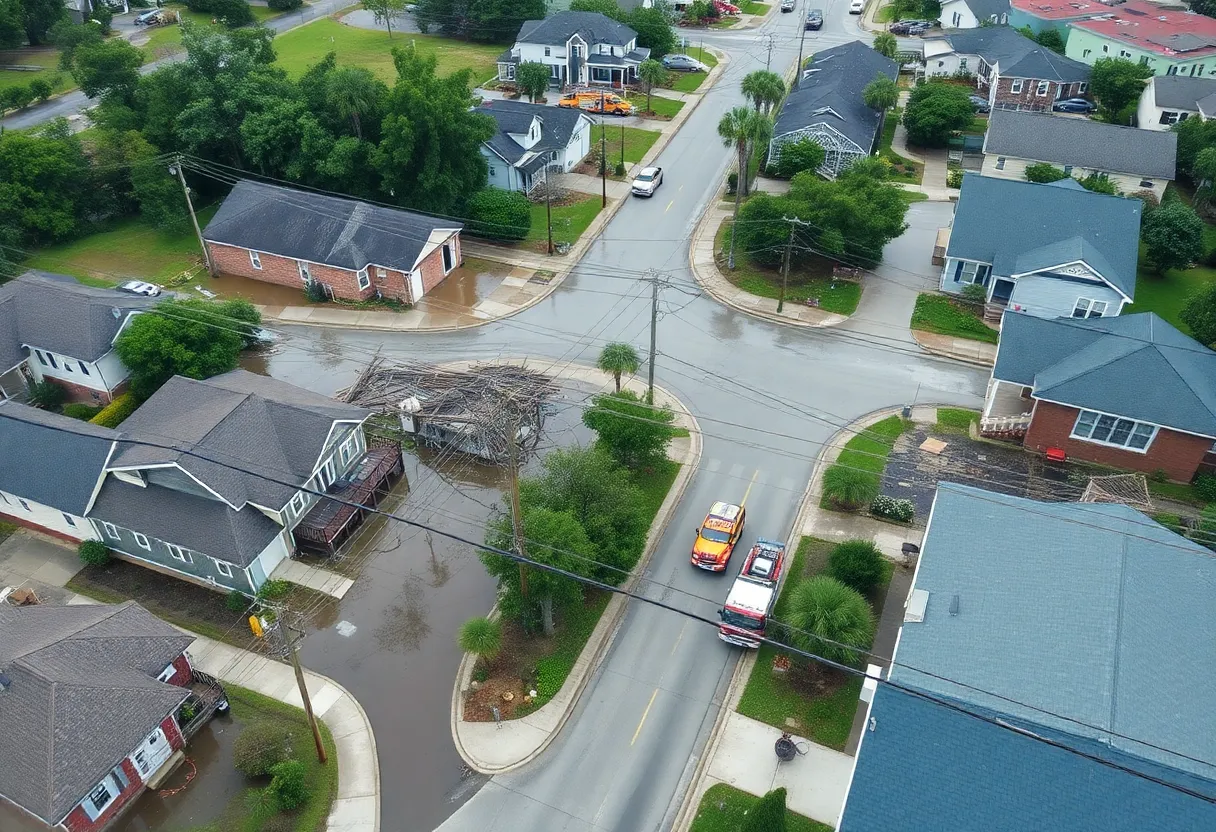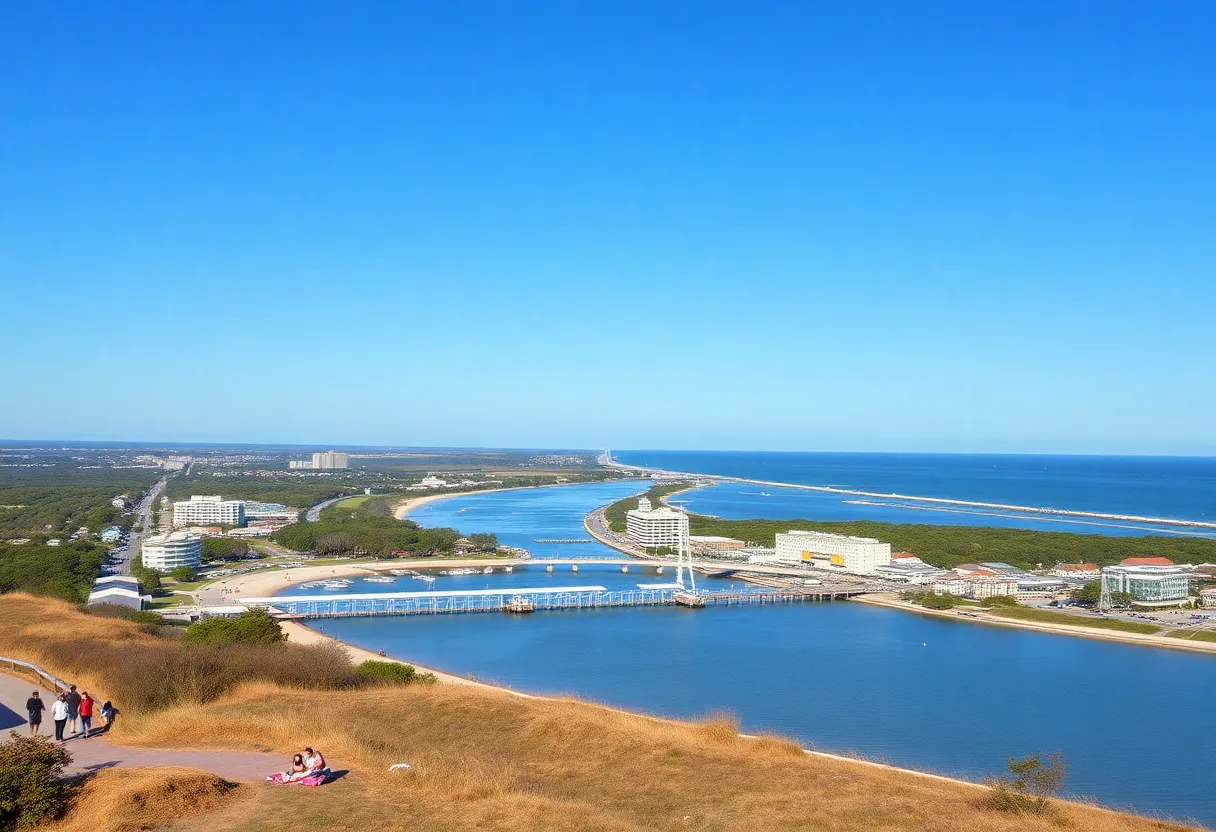Future Trends in Precast Concrete Technology
Precast concrete has long been a cornerstone of modern structural engineering. This innovative construction method offers various benefits, including speed, cost-efficiency, and enhanced structural integrity. As the industry evolves, so too does precast technology. In this article, we will explore the future trends shaping the precast concrete landscape, examining advances in technology, sustainability, design flexibility, and construction efficiency.
Advancements in Manufacturing Techniques
The introduction of automated and robotic systems in precast concrete manufacturing is revolutionizing the production process. These systems enhance precision and reduce labor costs while increasing output. Innovations in 3D printing are also beginning to play a role. This technology can offer customized precast elements that cater to unique architectural designs.
Digital Twin Technology
Digital twin technology represents a significant leap forward in the precast concrete industry. By creating a digital replica of a physical structure, engineers can simulate various construction scenarios and assess performance metrics. This technology enables real-time monitoring of materials and structural integrity, ultimately leading to better decision-making throughout the construction process.
Enhanced Material Properties
The future of precast concrete will see the use of advanced materials that improve strength, durability, and sustainability. Innovations in fiber-reinforced concrete and high-performance concrete provide enhanced fracture toughness and load-bearing capabilities. These materials can help structures withstand extreme weather, seismic activity, and other environmental challenges.
Self-Healing Concrete
Another breakthrough is the development of self-healing concrete. By incorporating special bacteria or microcapsules that release healing agent compounds, it can repair cracks autonomously. This capability can significantly extend the lifespan of precast components while decreasing maintenance costs.
Sustainability Initiatives
With a growing emphasis on environmental responsibility, sustainability will certainly be a defining trend in precast concrete technology. The production process increasingly focuses on reducing carbon emissions and waste. The use of recycled materials in precast components is becoming standard practice.
Circular Economy Practices
The implementation of circular economy practices in precast technology is gaining traction. This approach emphasizes the full lifecycle of precast elements—from design through use to eventual recycling. By designing components for disassembly and reuse, the industry can minimize waste and promote resource efficiency.
Integration with Smart Technologies
Future precast projects will likely incorporate smart technologies aimed at improving performance and efficiency. Sensors embedded within precast elements will help monitor the condition of a structure in real-time. The ability to gather data on temperature, humidity, and stress levels allows for proactive maintenance, ensuring longevity and safety.
Smart Building Systems
Additionally, integrating smart building technologies with precast elements can lead to more efficient energy consumption. Building automation systems can optimize lighting, heating, and cooling based on real-time occupancy and environmental conditions.
Design Flexibility and Architectural Innovation
Precast concrete has traditionally been perceived as a utilitarian option. However, advancements in design techniques are allowing for highly aesthetic and custom architectural applications. Future trends reflect a shift toward more expressive forms, allowing architects to push the boundaries of design.
Parametric Design
Parametric design software enables architects to manipulate features across an entire structure. This flexibility in design translates directly to the precast elements, allowing for curved forms and intricate geometries that were previously unimaginable in concrete.
Increased Collaboration and Integrated Project Delivery
As the construction sector continues to evolve, increasing collaboration between engineers, architects, and contractors is essential. The trend toward integrated project delivery (IPD) facilitates effective communication and sharing of information across all stakeholders.
Building Information Modeling (BIM)
Technologies like Building Information Modeling (BIM) streamline this collaboration. BIM can be utilized to connect design, construction, and operation phases, ensuring that each party is aligned throughout the project lifecycle. By utilizing BIM, projects using precast technology can become more efficient and reduce errors during construction.
Global Market Perspectives
The global precast concrete market is on a continuous rise. Increasing demand for infrastructure improvement and urbanization worldwide is driving investment in precast technology. Emerging economies are becoming major players in this landscape, leveraging precast technologies for rapid development.
Emerging Markets
Countries in Asia-Pacific and Latin America represent significant growth opportunities. The increasing urban population in these regions creates a heightened need for affordable and durable housing solutions. Precast concrete’s fast installation process meets these needs, combining swift construction with high quality.
The Road Ahead
The future trends in precast technology indicate a promising shift towards innovation, sustainability, and efficiency. As manufacturing techniques improve and smart technologies integrate into precast elements, structural engineering practices will evolve. Stakeholders must remain adaptable and open to embracing these changes, ensuring that the construction industry continues to meet the demands of the 21st century.
In conclusion, the convergence of technology, sustainability, and design flexibility will define the future of precast concrete. As these trends unfold, they will not only reshape the industry but also redefine how we perceive and utilize concrete in construction. The adaption of these advancements will ensure precast concrete remains a viable and essential solution in the evolving landscape of structural engineering.







